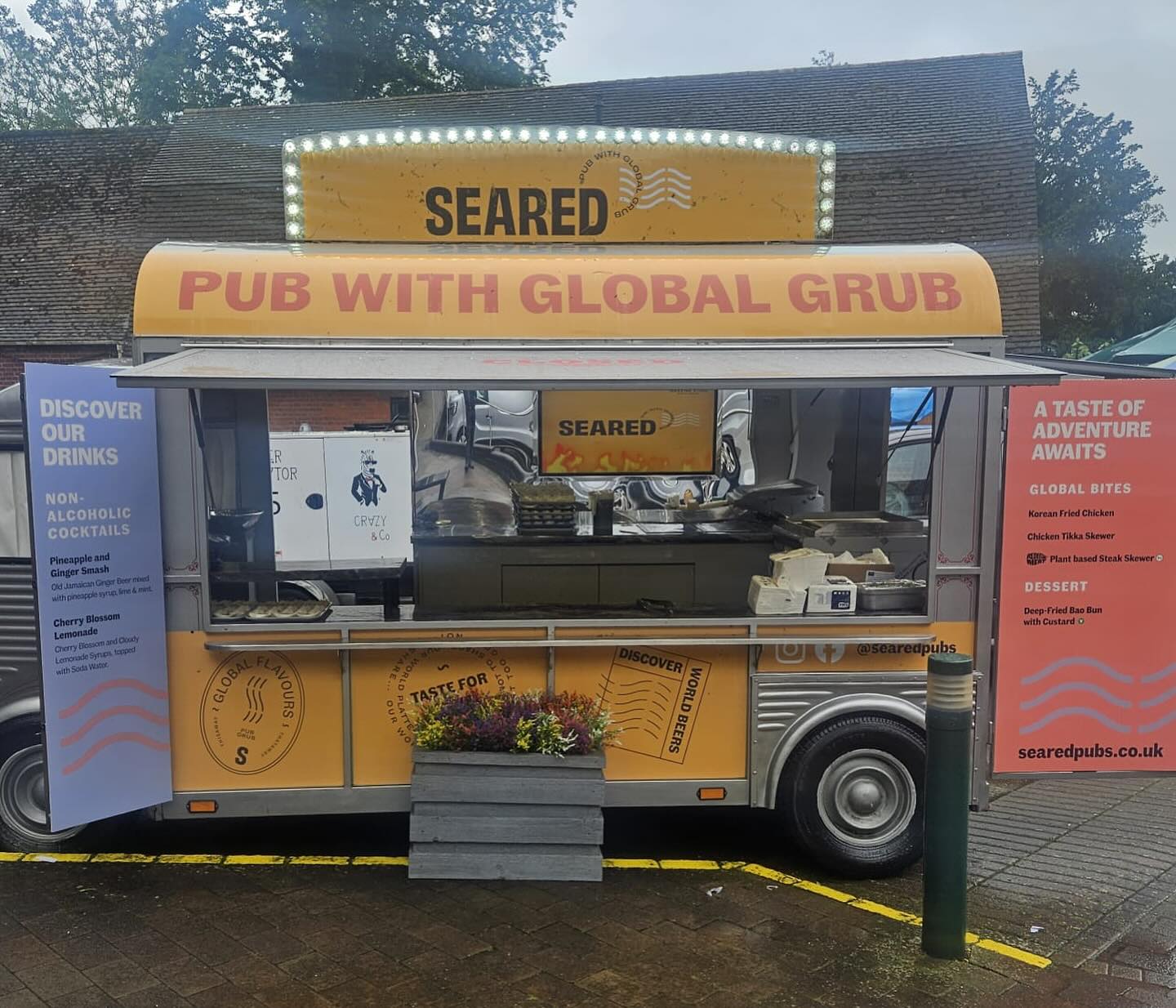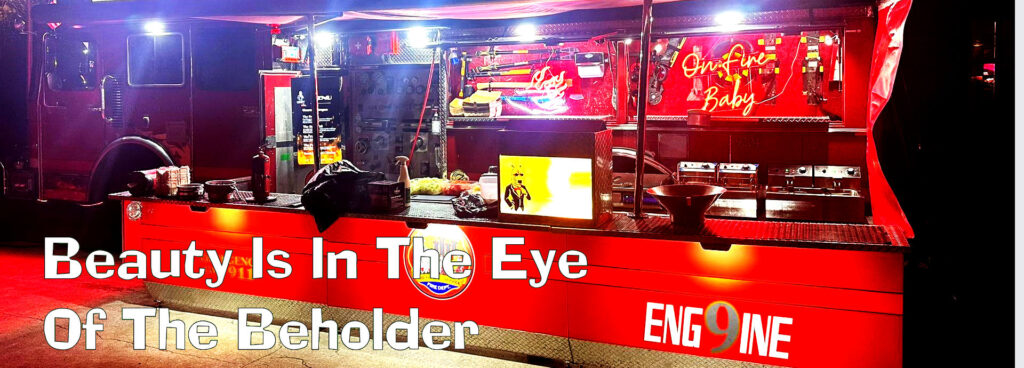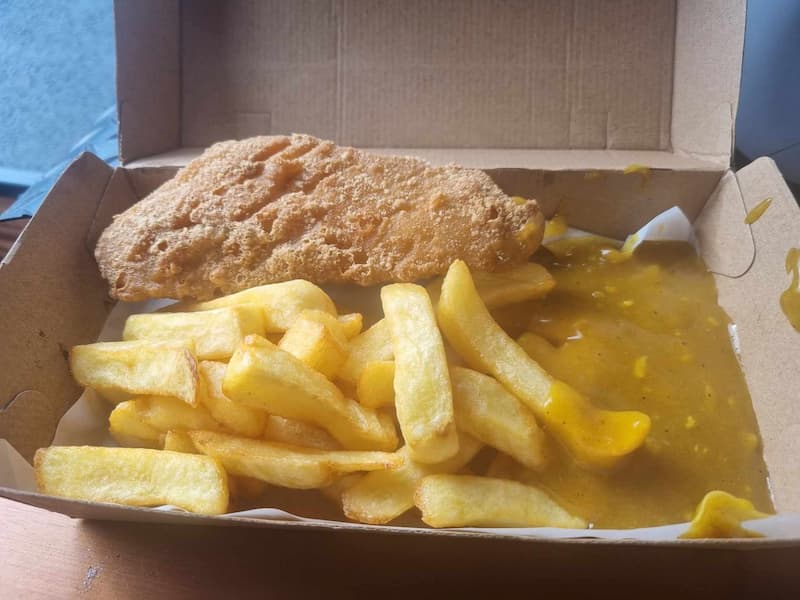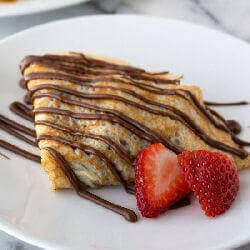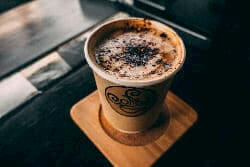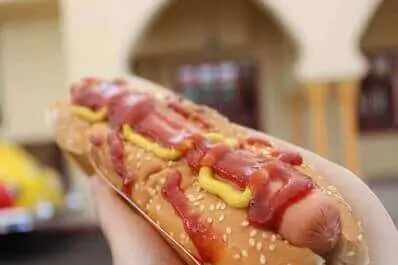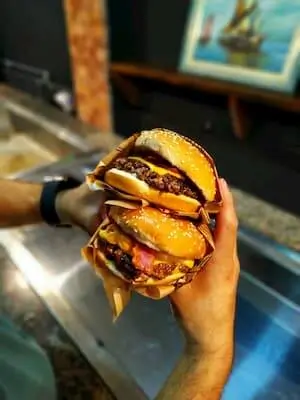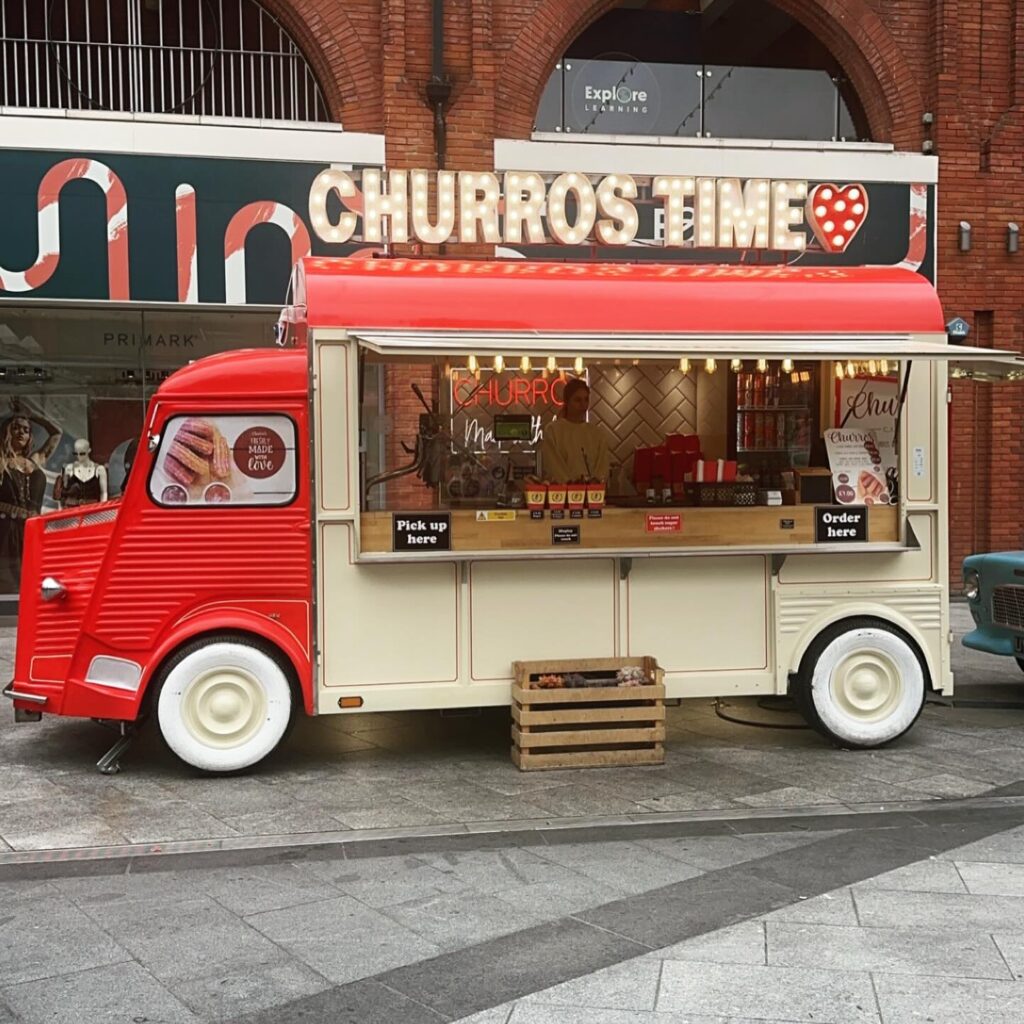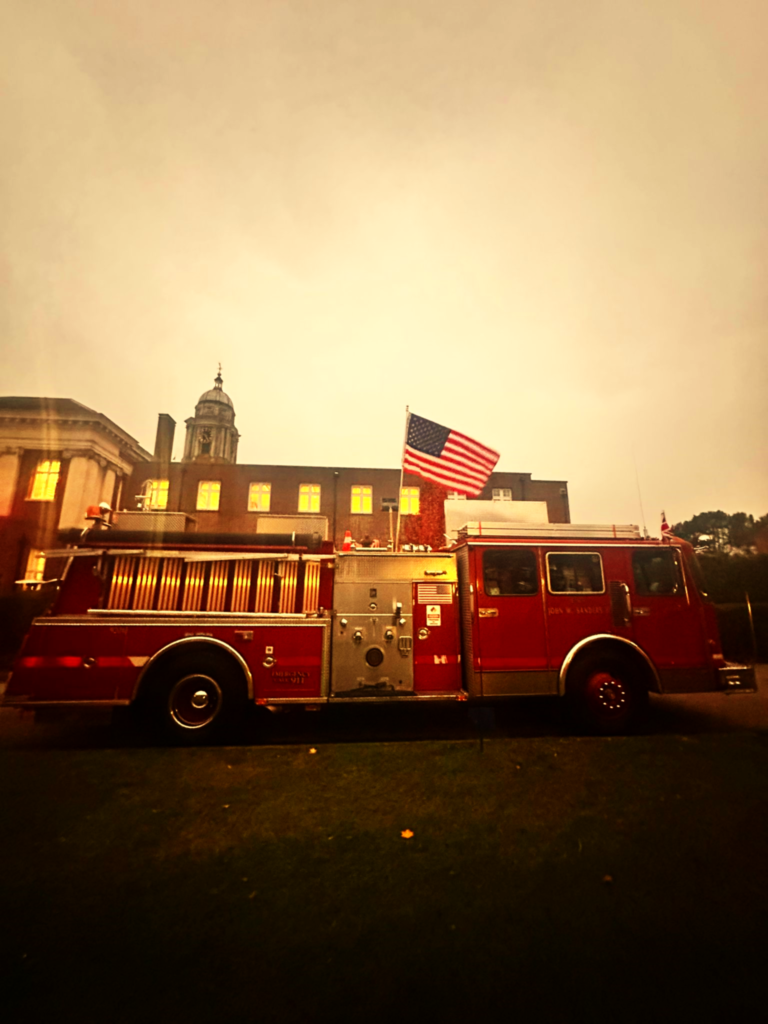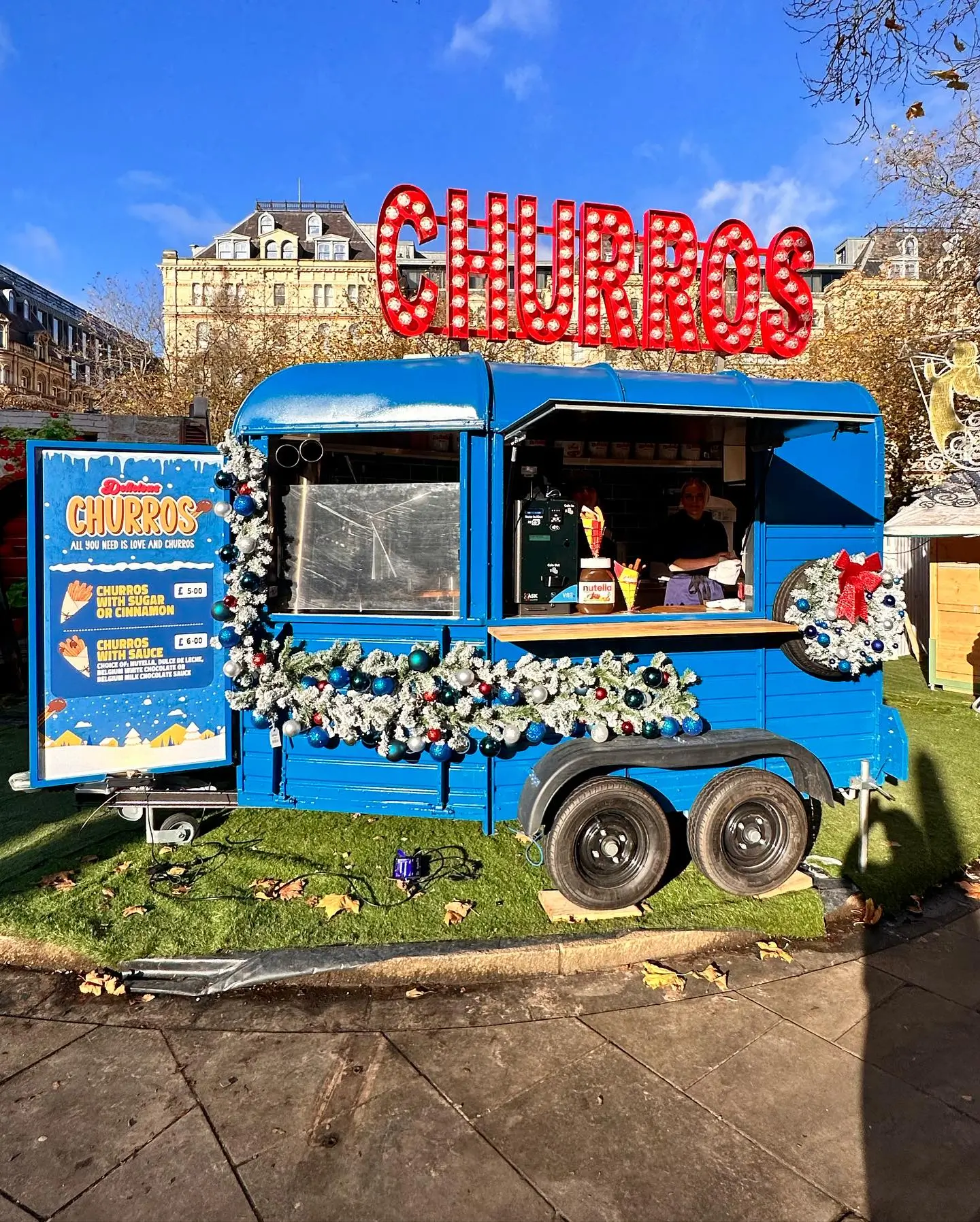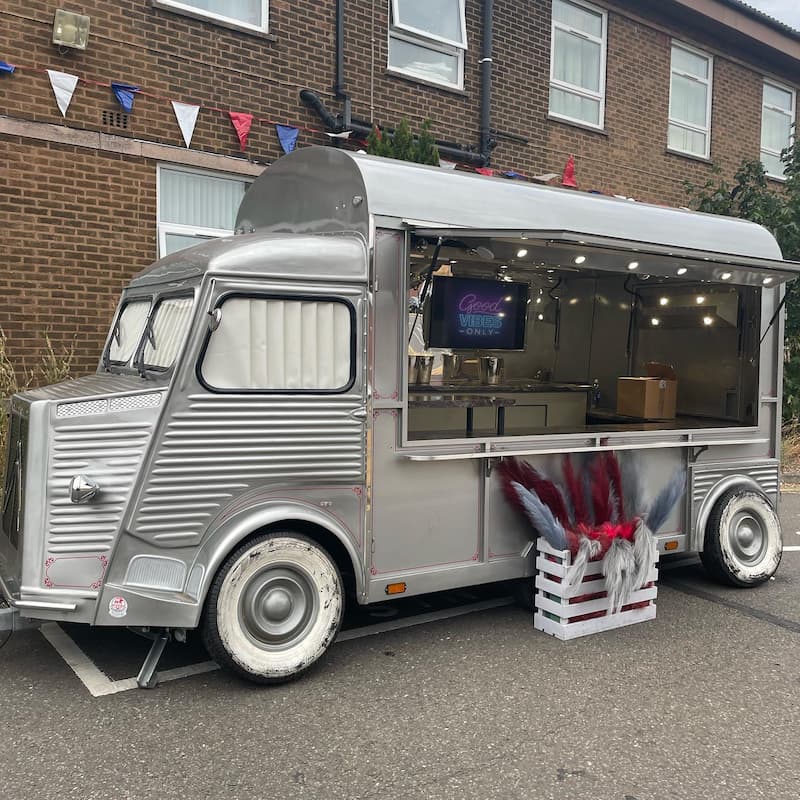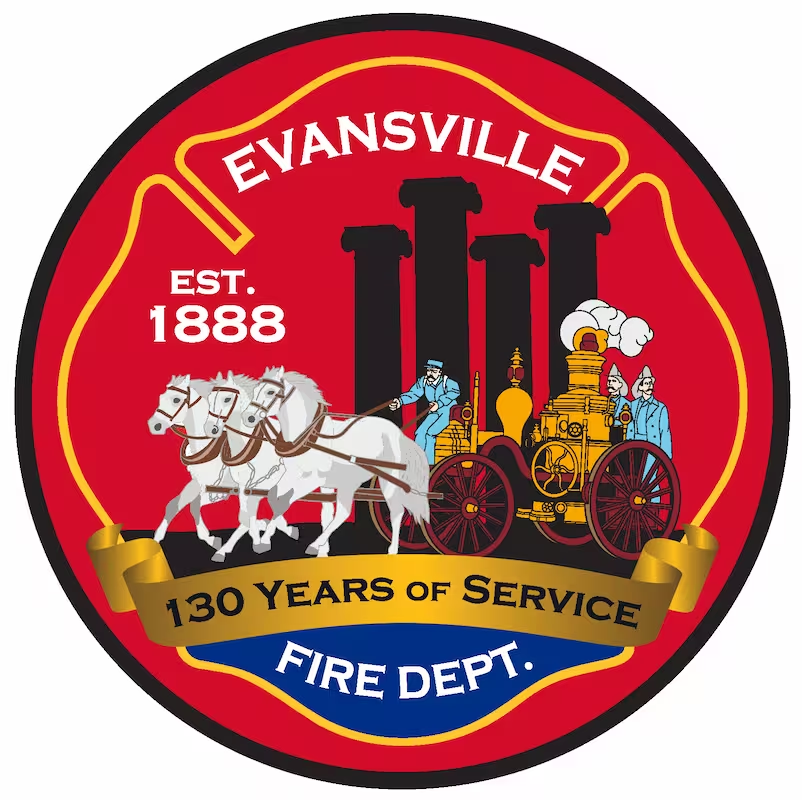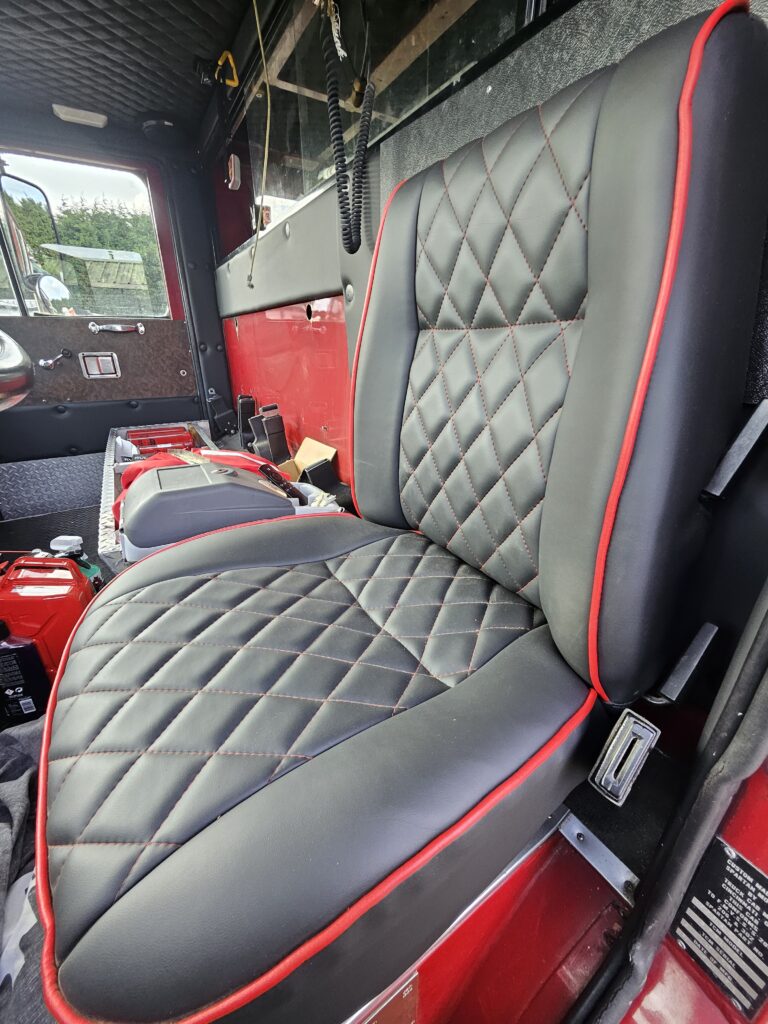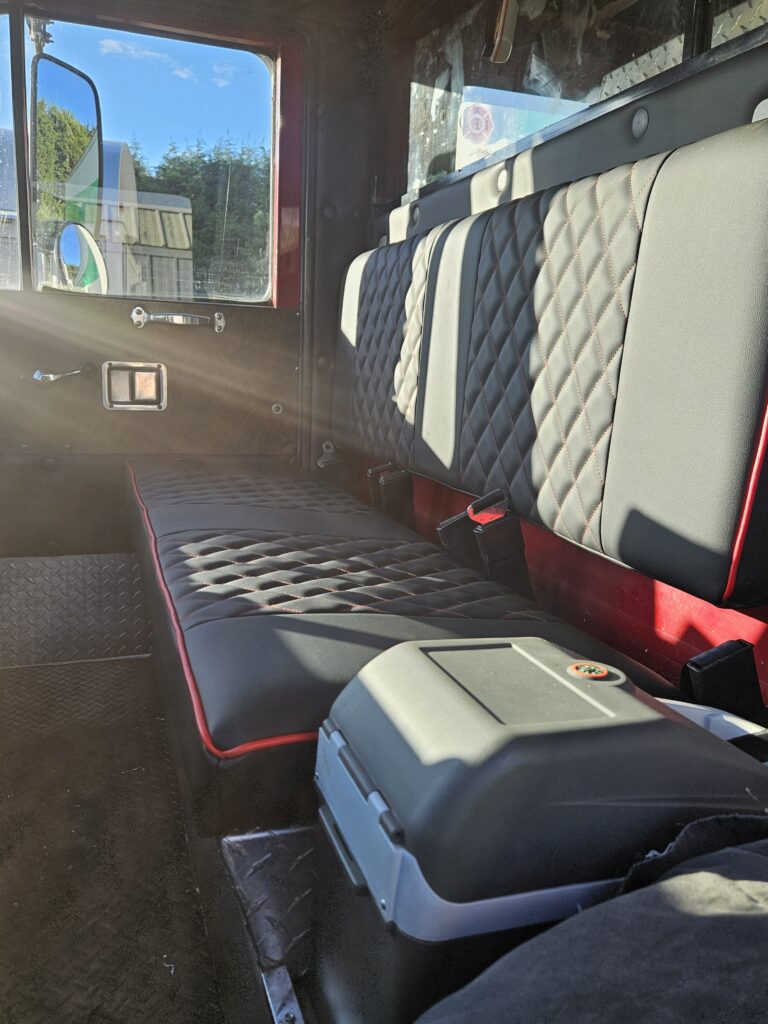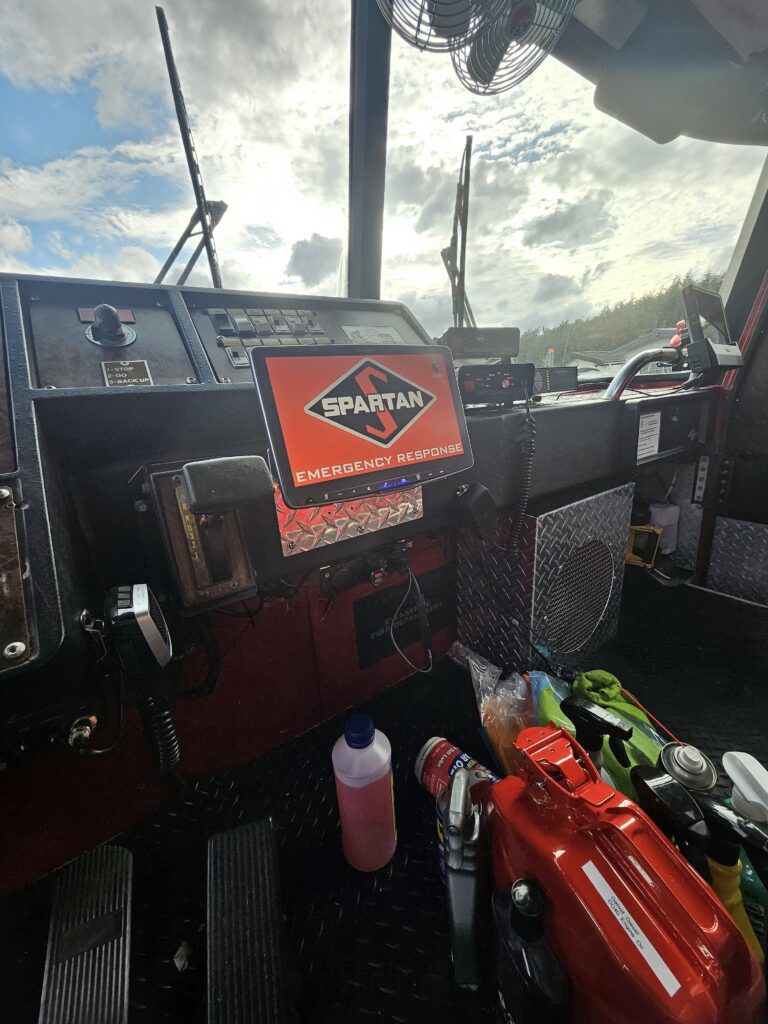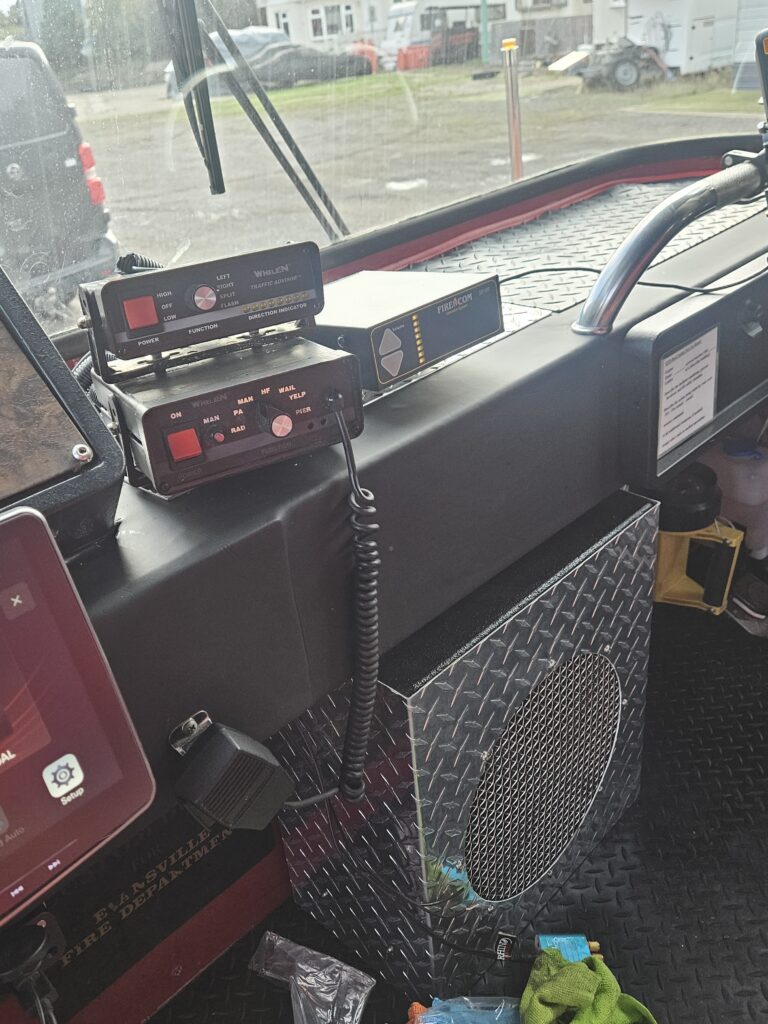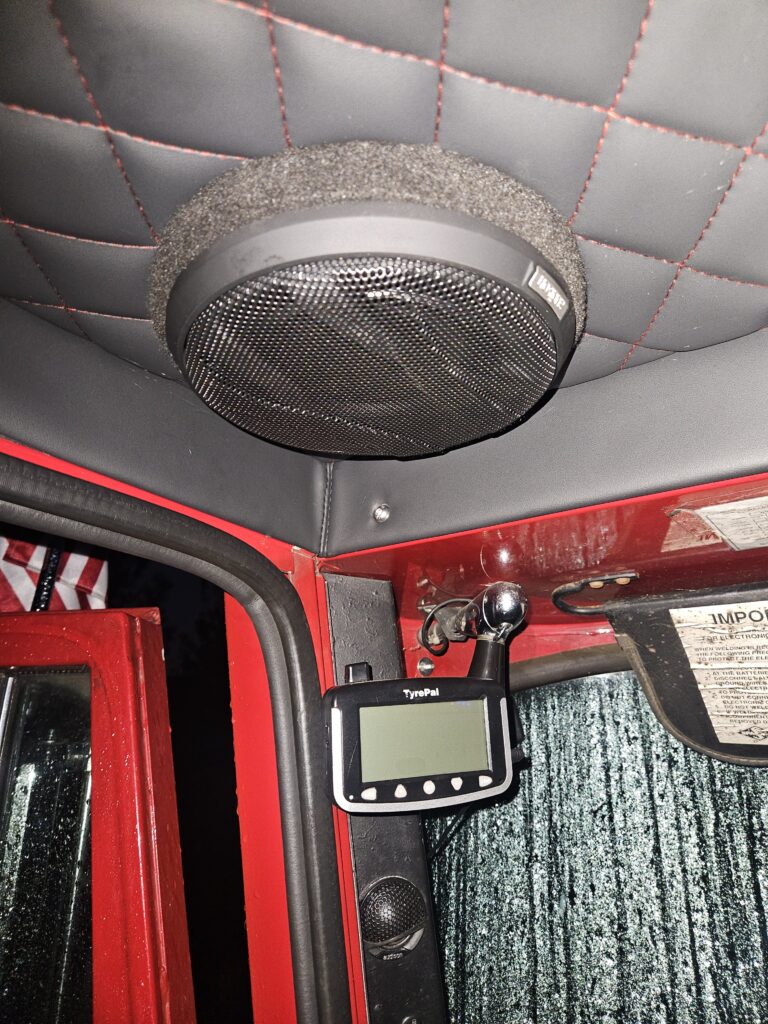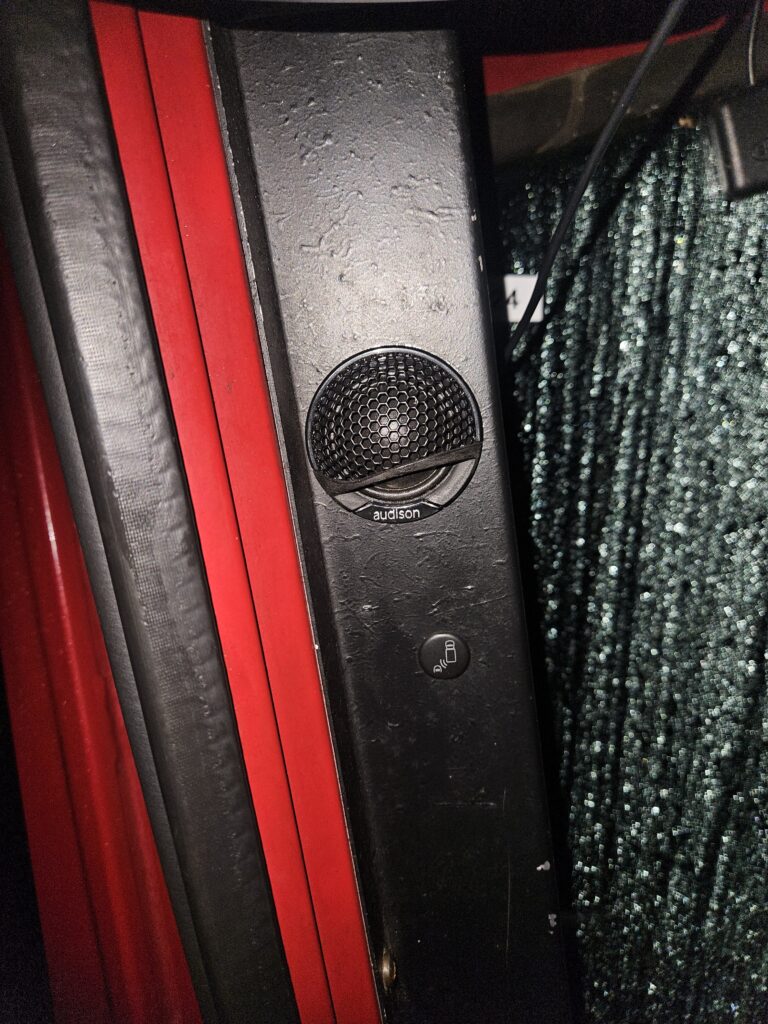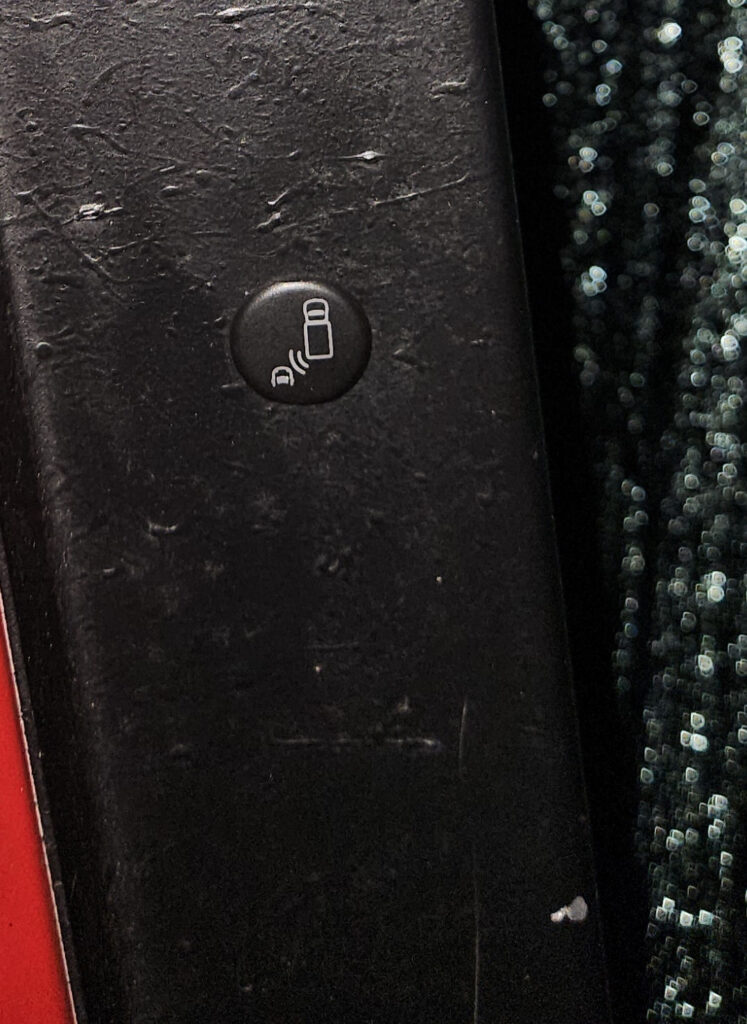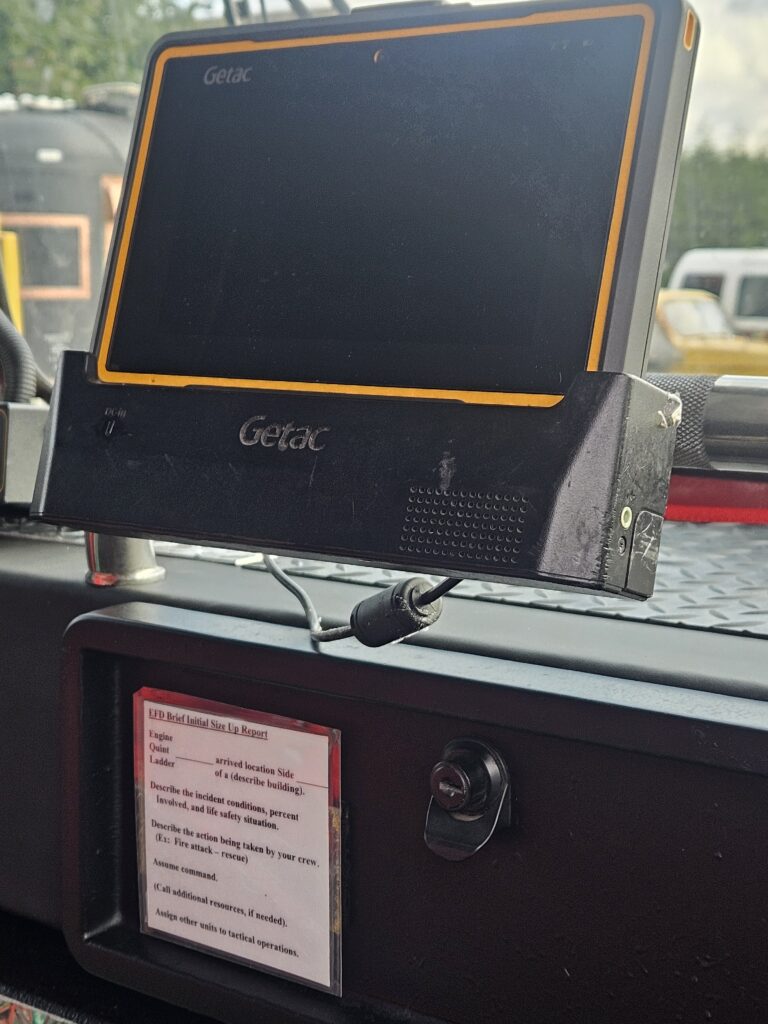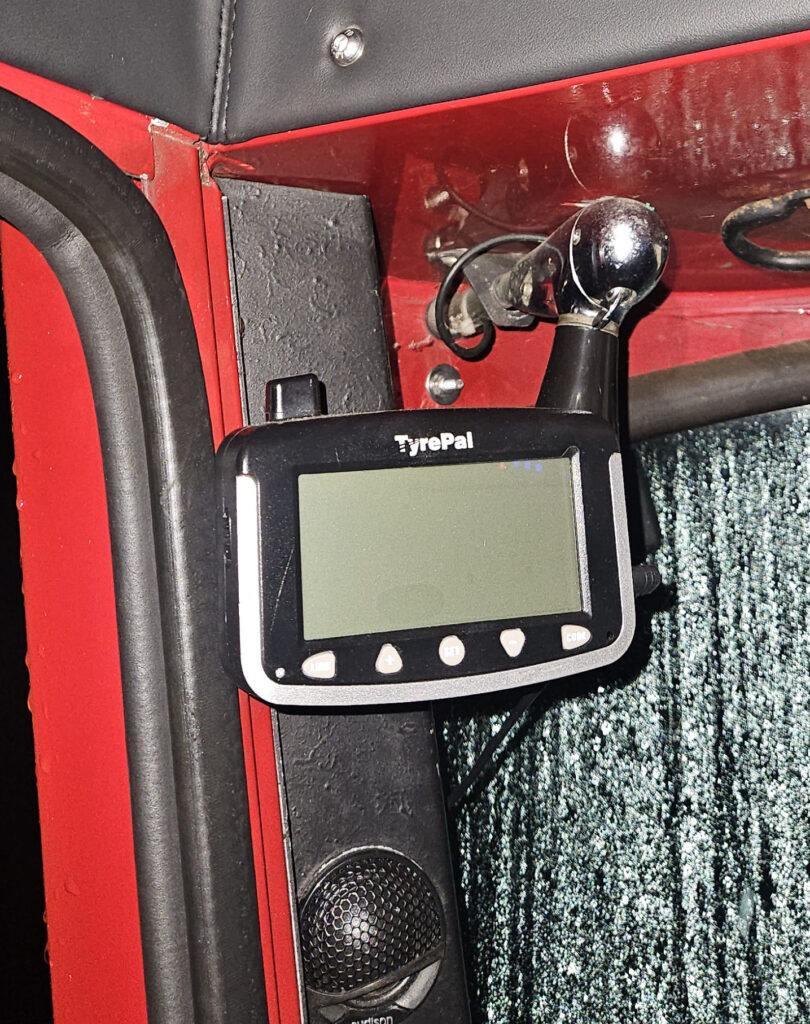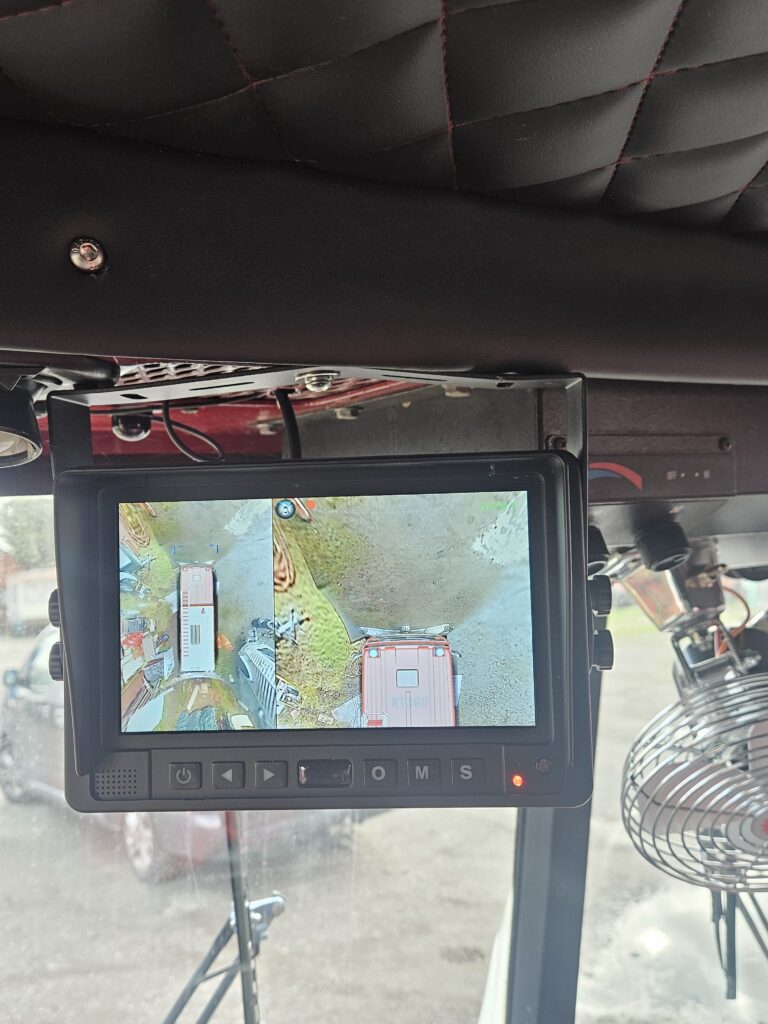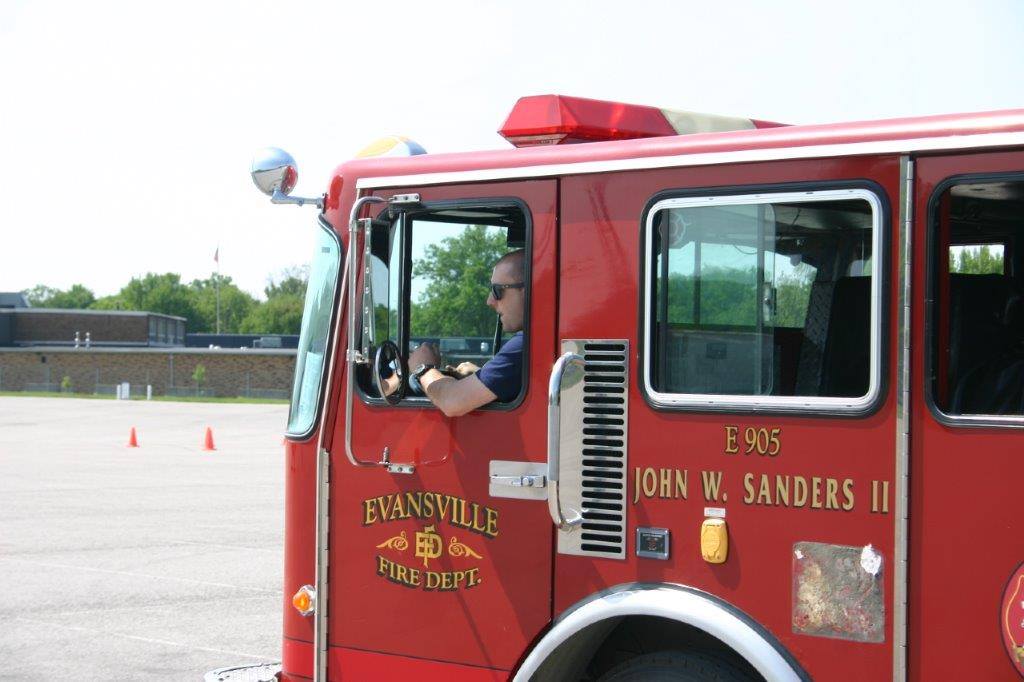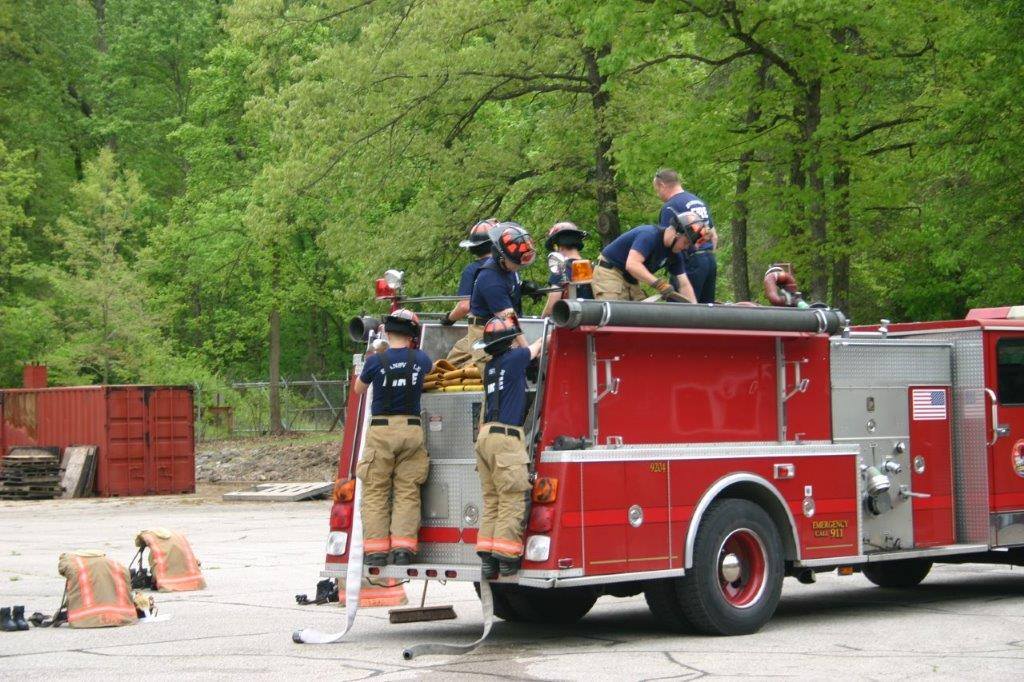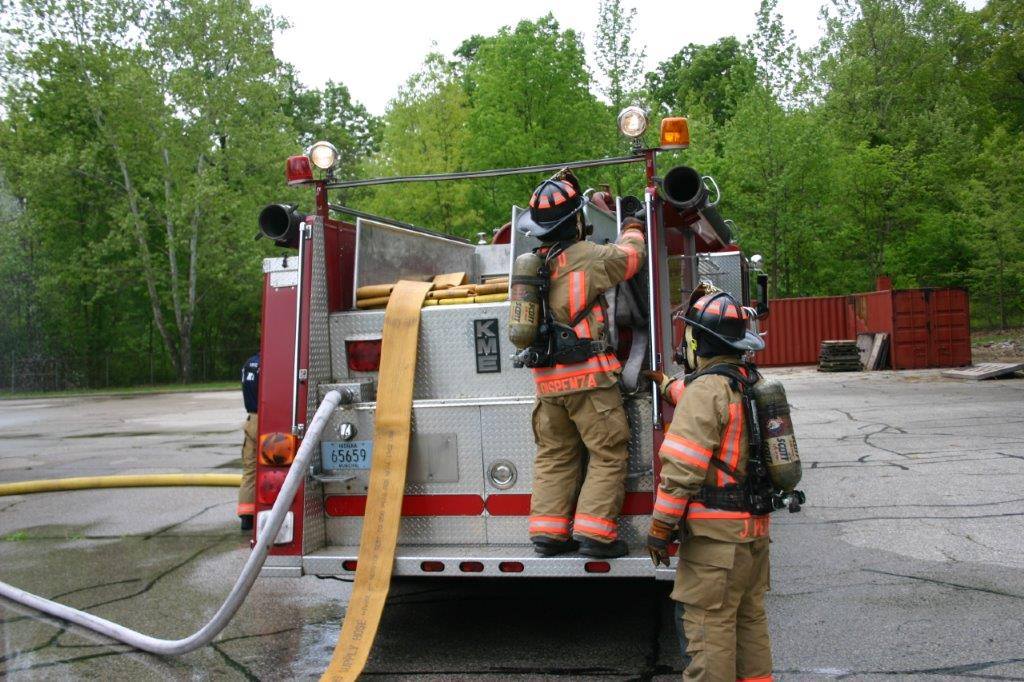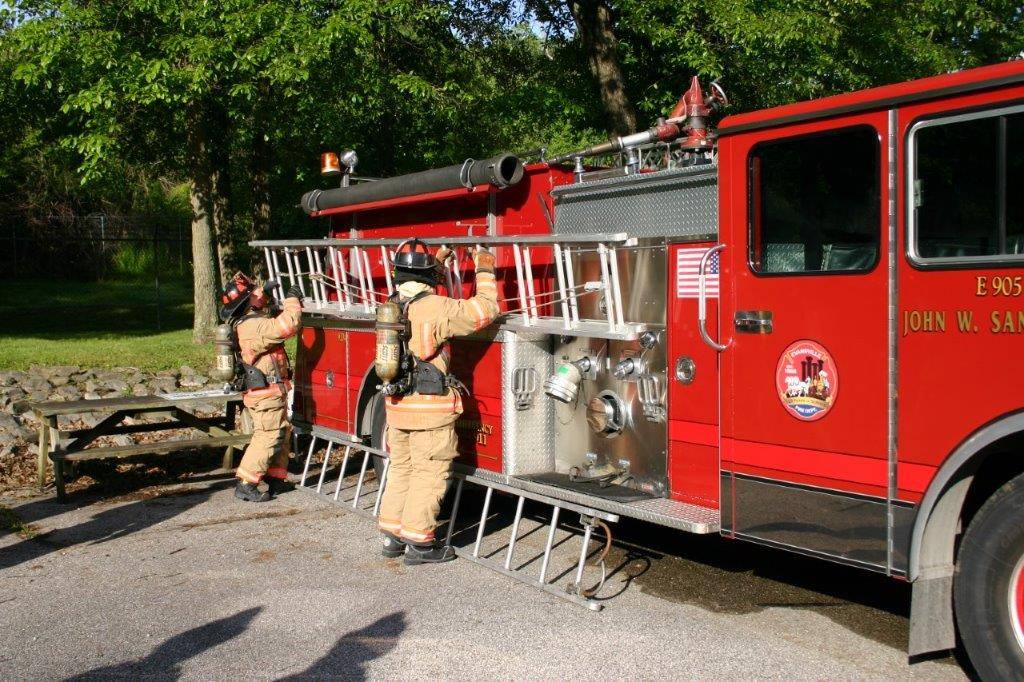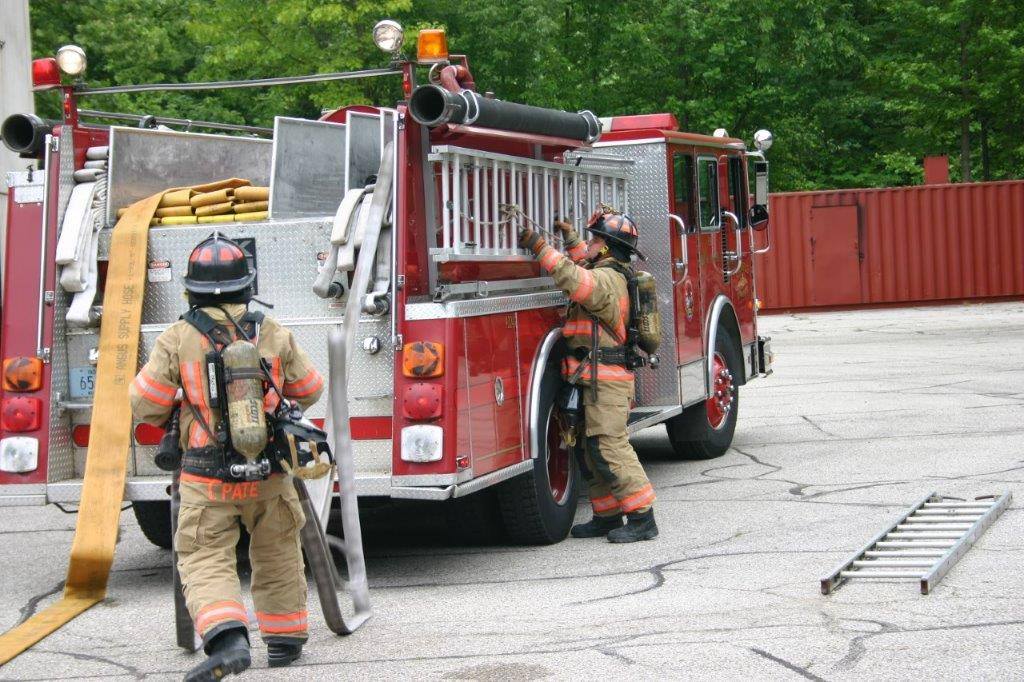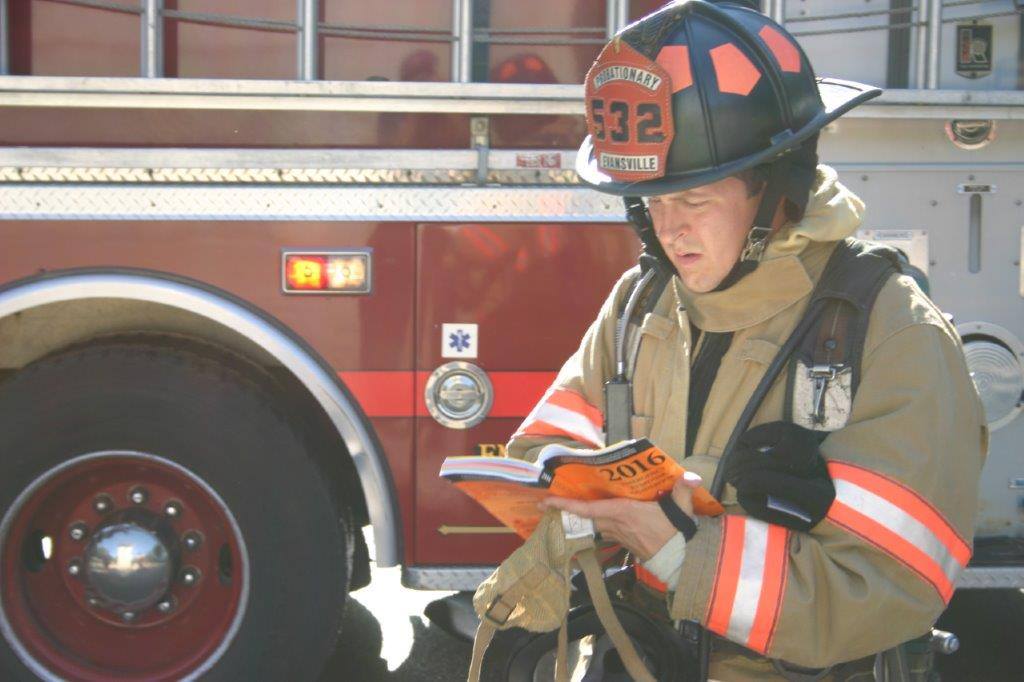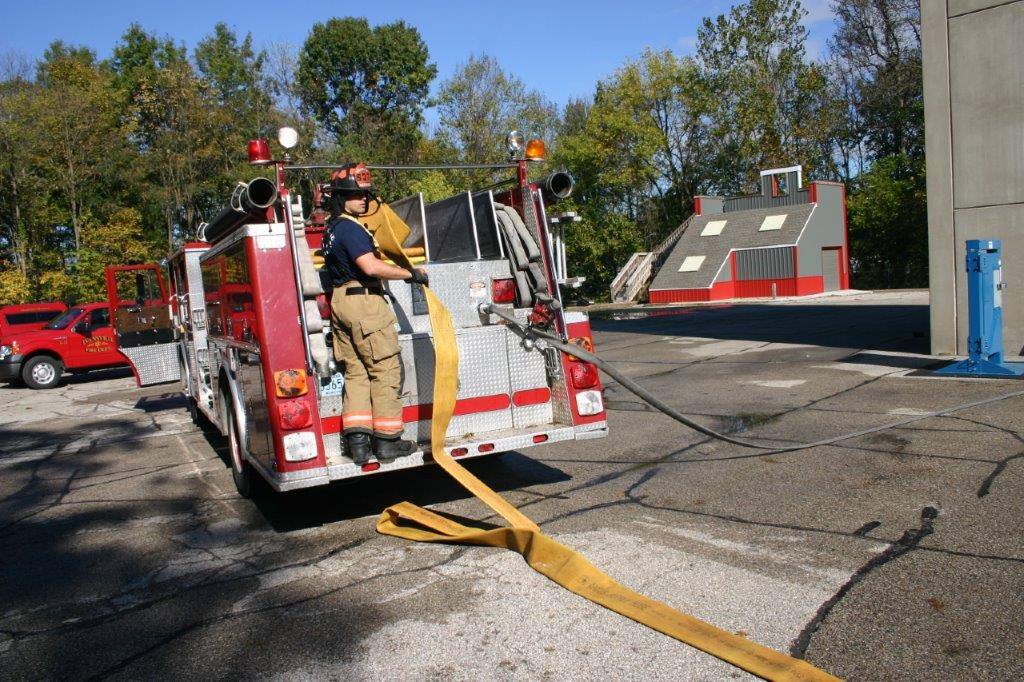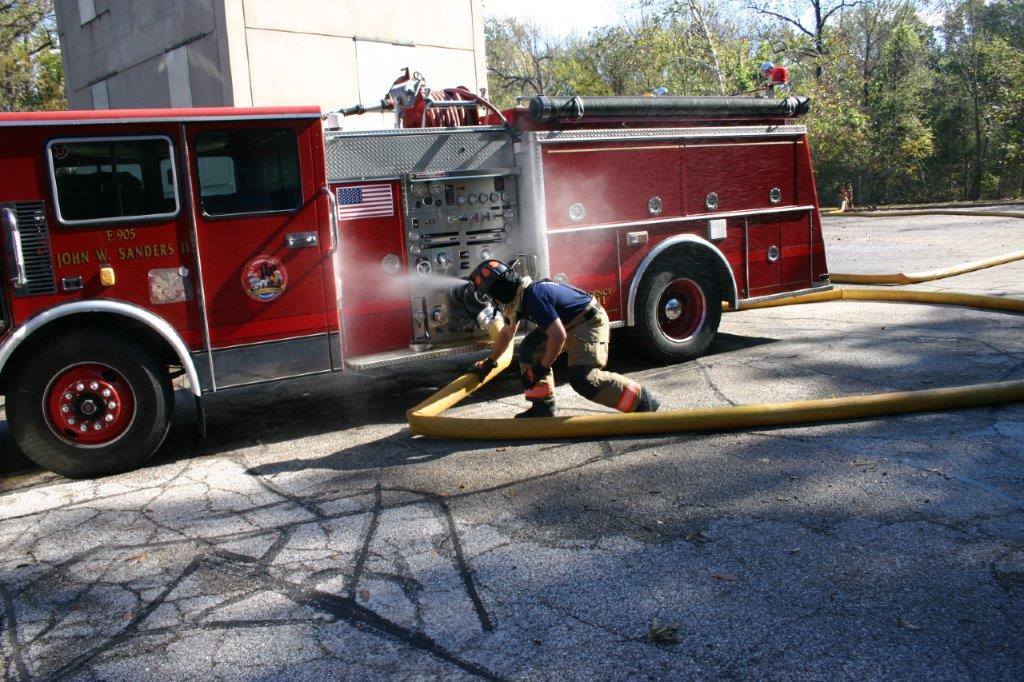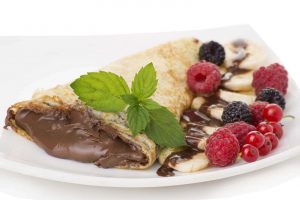Imagine this: a roaring red fire truck pulls up to your event, but instead of hoses and water tanks, it’s loaded with delicious street food. Sounds like a scene from a movie, right? Well, it’s not! Hiring a fire truck food truck is a reality and an exciting way to add a spark to your next event. Whether you’re organizing a corporate gathering, a wedding, or a community festival, a fire truck food truck can bring a unique and memorable experience to the table—or should we say, to the street.
The Allure of the Street Food Truck
Street food trucks have taken the culinary world by storm, offering gourmet meals on wheels and a taste of diverse cultures. They’ve become the darlings of food festivals and street fairs, serving everything from tacos to artisan ice cream. But what if you could take this concept up a notch? Enter the fire truck food truck—a fusion of nostalgia, innovation, and mouth-watering cuisine.
A Unique Twist on Traditional Food Trucks
The charm of a fire truck food truck lies in its ability to capture the imagination. As children, many of us were fascinated by fire trucks—those shiny red behemoths racing down the street with sirens blaring. By transforming them into mobile eateries, we combine the excitement of childhood dreams with the adult pleasure of good food.
These converted fire trucks are not just about the novelty; they offer all the functionality of a traditional food truck. Equipped with full kitchens, they can serve up a variety of dishes, ensuring your guests have plenty of options to choose from.
Why Hire a Fire Truck Food Truck?
A Memorable Experience
Events are all about creating memories, and nothing sticks in the mind like a unique experience. A fire truck food truck is not something people see every day, and it adds an element of surprise and delight to any occasion. Your guests will likely be snapping photos and sharing their experiences on social media, giving your event extra exposure.
Flexible and Versatile
Fire truck food trucks are versatile and can be customized to fit your event’s theme or cuisine preference. Whether you’re looking for gourmet burgers, vegan delights, or international flavors, there’s a fire truck food truck to meet your needs. Plus, they can serve in various settings, from urban landscapes to rural retreats.
Cost-Effective Catering Solution
Hiring a fire truck food truck can be a cost-effective alternative to traditional catering. You avoid the costs associated with renting a venue or setting up a dining area. The trucks come fully equipped, reducing the need for additional rental equipment. Plus, the simplified setup and tear-down process means you save on time and labor.
How to Hire a Fire Truck Food Truck
Finding the Right Fit
When hiring a fire truck food truck, it’s essential to find a vendor that aligns with your event goals and budget. Start by researching local vendors and reading reviews to get a sense of their reputation and service quality. Don’t hesitate to ask for recommendations from friends or event planners who have experience with food trucks.
Ask the Right Questions
Before you commit, ask potential vendors about their menu options, pricing, and availability. Inquire about any special requirements they might have, such as permits or power sources. It’s also worth discussing their experience with similar events to ensure they can handle your specific needs.
Planning and Logistics
Once you’ve selected a fire truck food truck, coordinate with them to plan the logistics of the event day. This includes determining the best location for the truck, scheduling arrival and departure times, and setting up a system for serving guests efficiently. Good communication with the vendor ensures that everything runs smoothly.
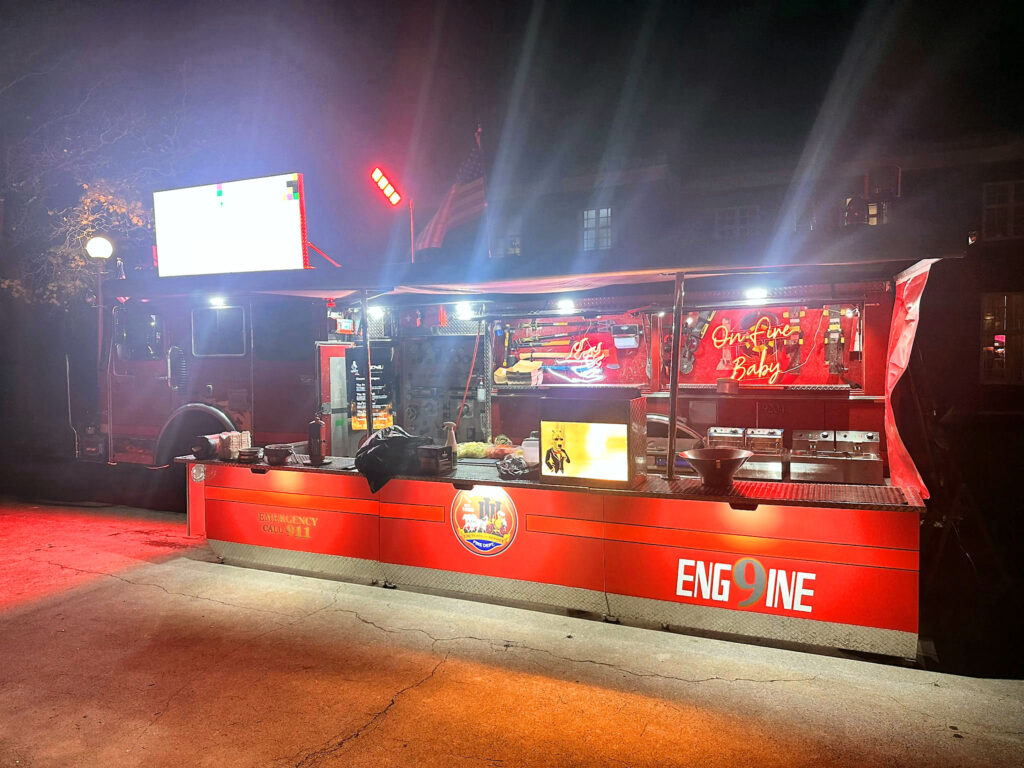
Fire Truck Food Truck: A Marketing Manager’s Dream
For marketing managers, the fire truck food truck offers a golden opportunity to create standout content. Imagine the buzz you can generate on social media with photos and videos of your event featuring this eye-catching attraction.
Crafting a Unique Story
The story of a fire truck food truck is inherently captivating. Use it as a narrative anchor for your event’s marketing campaign. Highlight the novelty factor, the delicious food, and the fun, interactive experience. This approach not only entertains your audience but also aligns with your goal of increasing brand awareness and customer engagement.
Leveraging Social Media
Encourage your guests to share their experiences on social media by creating a unique hashtag for your event. You can even run a contest for the best photo or post featuring the fire truck food truck. This user-generated content can amplify your marketing reach and create a sense of community around your brand.
Measuring Success
After the event, analyze the engagement metrics from your social media platforms and gather feedback from attendees. Look for increases in brand awareness, website traffic, and customer interaction. These insights will help you gauge the success of incorporating a fire truck food truck into your event and refine your future marketing strategies.
Conclusion
Hiring a fire truck food truck is not just about serving food; it’s about creating an unforgettable experience that resonates with your audience. It offers a unique twist on traditional catering, providing flexibility, cost-effectiveness, and a memorable experience for your guests. For marketing managers looking to create engaging and original content, a fire truck food truck is a fantastic tool to captivate and connect with your audience. So, why settle for ordinary when you can hire extraordinary? Get ready to ignite your next event with a fire truck food truck!


